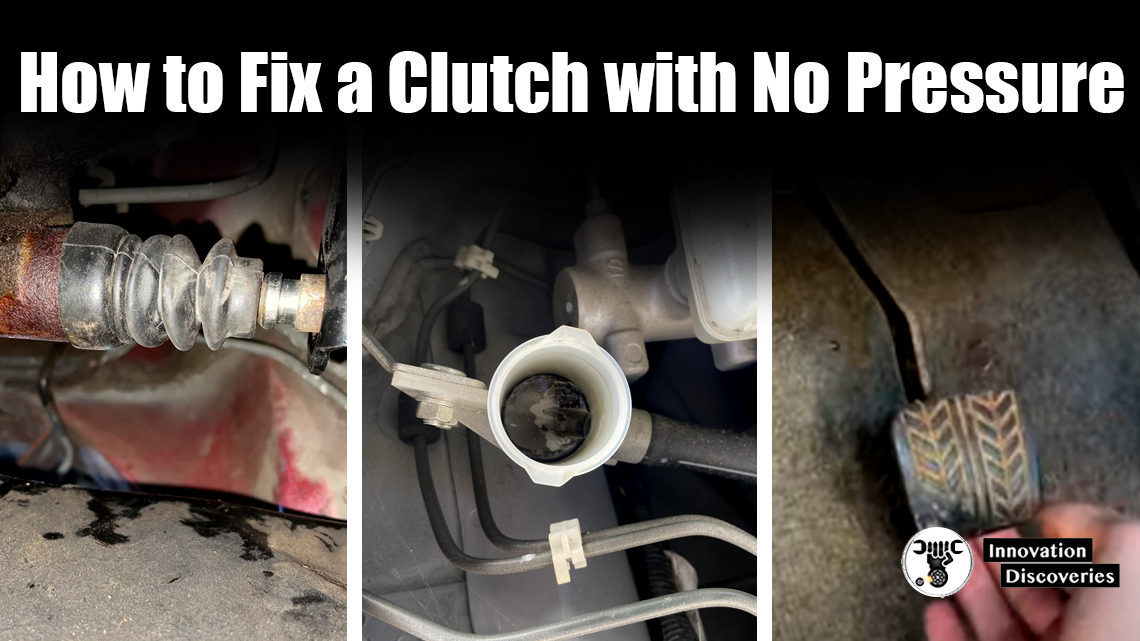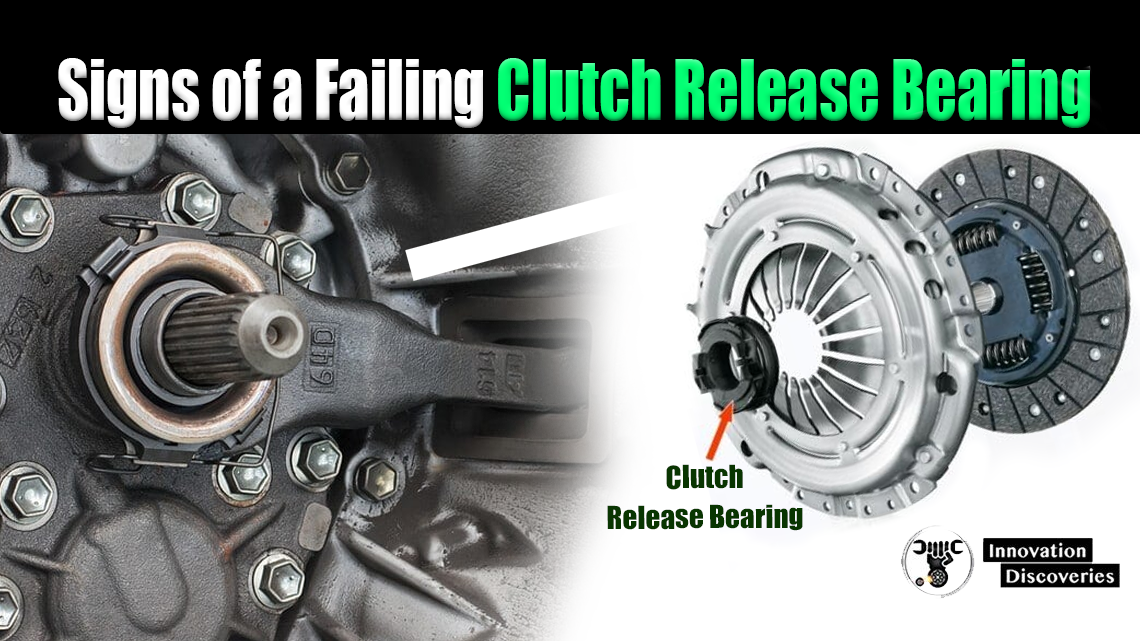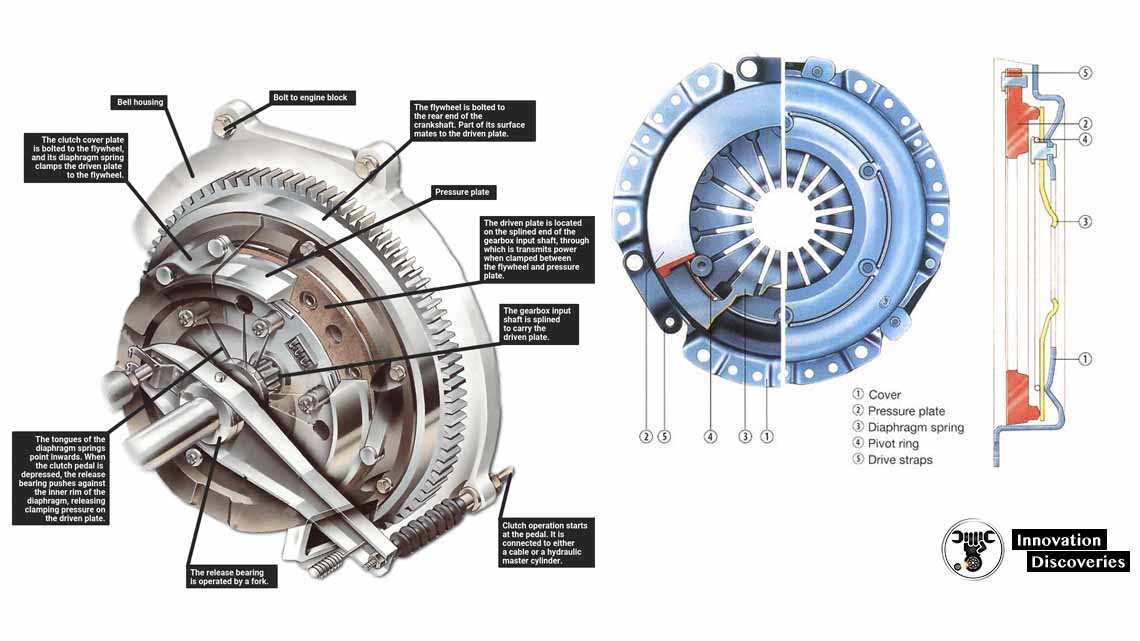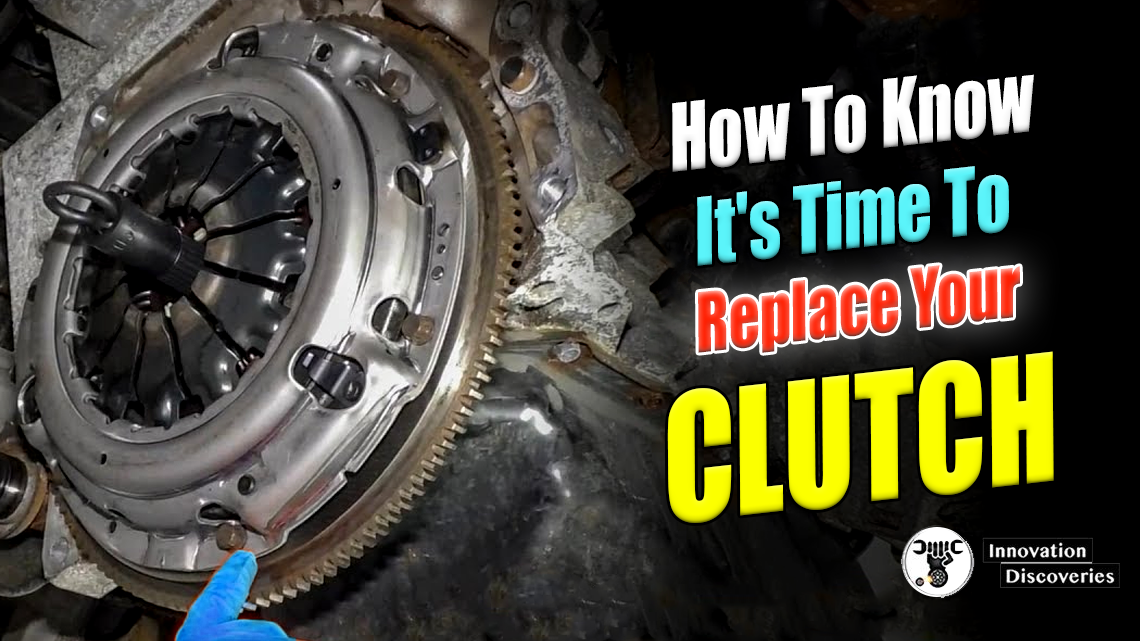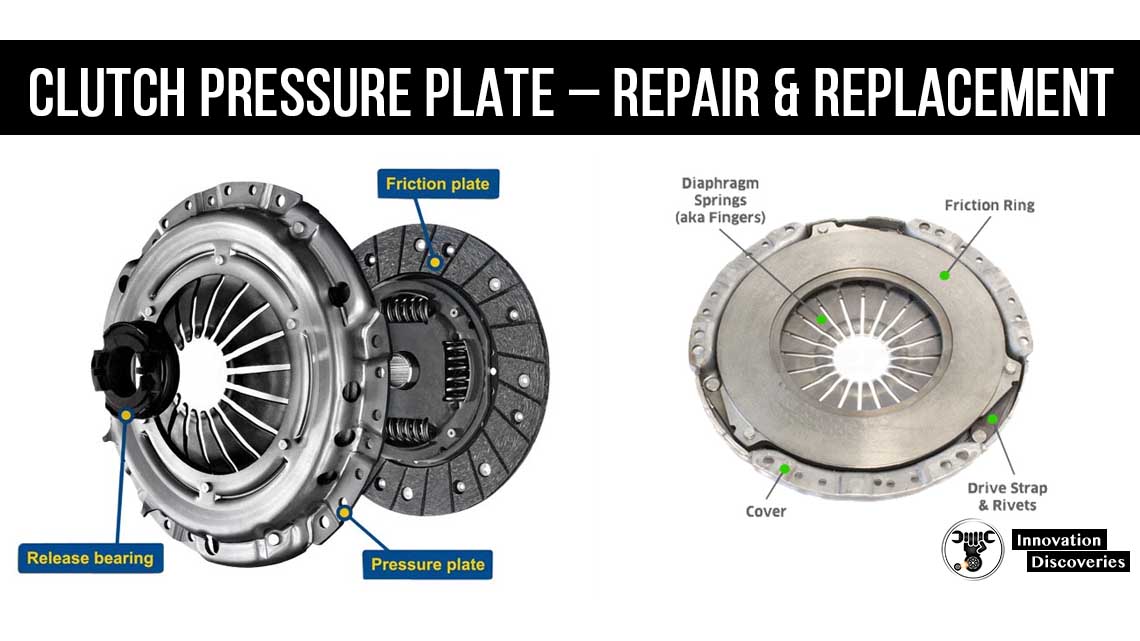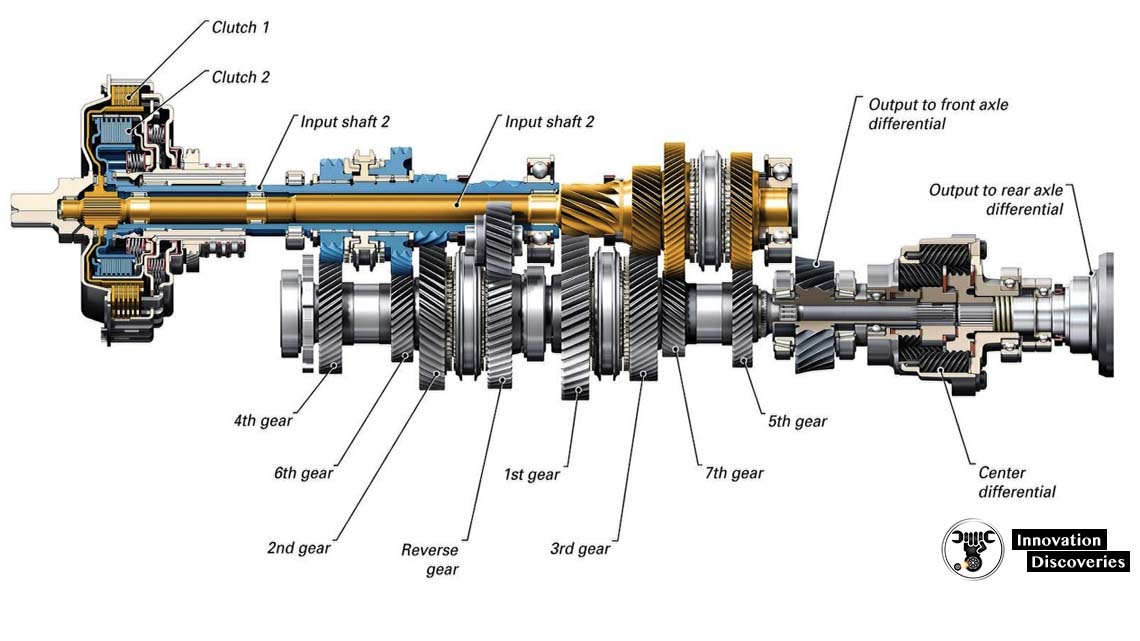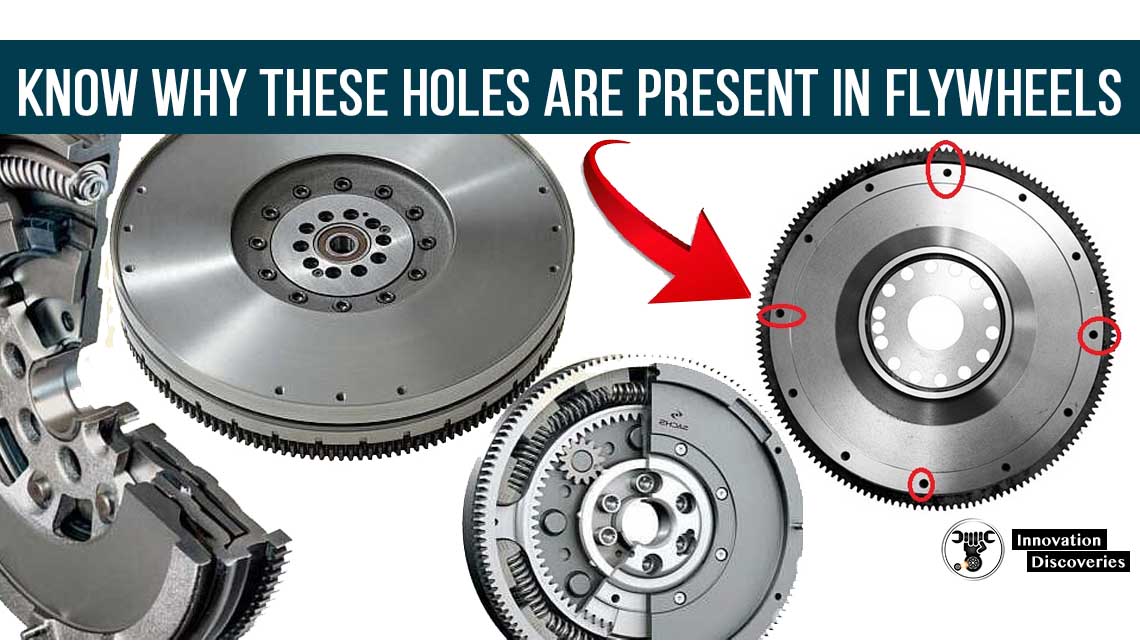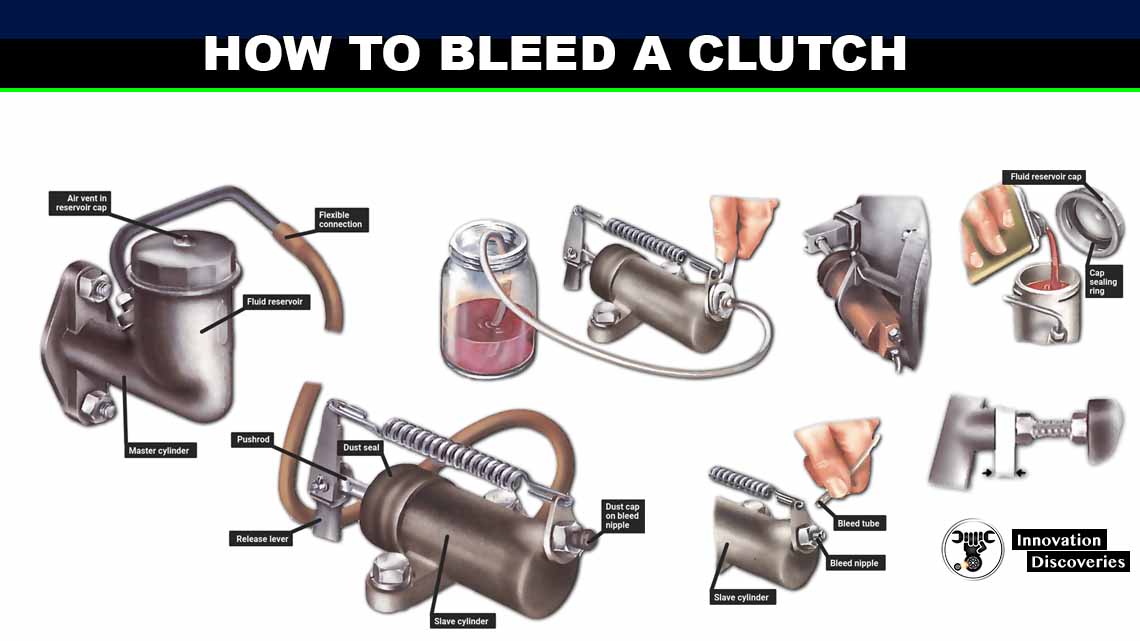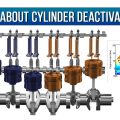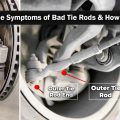
Introduction
The drive clutch plays a critical role in your vehicle’s operation, particularly when it comes to shifting gears. When the clutch isn’t functioning properly, it can lead to serious issues, including the inability to shift gears.
In this article, we’ll dive deep into why a malfunctioning clutch can prevent you from shifting gears, explore the common causes of clutch failure, and discuss potential solutions.
What is the Drive Clutch?
The drive clutch is a mechanical component that connects and disconnects the engine from the transmission. When you press the clutch pedal, the clutch disengages the transmission from the engine, allowing you to shift gears smoothly.
Without this disengagement, shifting gears becomes difficult and can lead to grinding, forcing, or even damaging the transmission.
Why You Can’t Shift Gears When the Clutch Fails
When the clutch fails, the connection between the engine and the transmission remains engaged. This constant engagement prevents you from changing gears without causing damage to the gear synchronizers or even the gears themselves. Here’s why:
1. Continuous Engagement:
A functioning clutch allows the transmission to momentarily disengage from the engine, creating a window for you to shift gears. Without this window, the gears are under constant load, making it difficult or impossible to shift.
2. Gear Synchronization Issues:
Modern transmissions are equipped with synchronizers that match the speed of the gears for smooth shifting. When the clutch doesn’t disengage, these synchronizers can’t do their job, leading to gear grinding or locking.
3. Potential Damage:
Forcing the gears to shift without proper disengagement can cause significant damage to the transmission, including broken gears, damaged synchronizers, and worn-out bearings.
Common Causes of Clutch Failure
Several issues can cause the drive clutch to fail. Here are some of the most common:
1. Clutch Pedal Problems:
- Symptom: A loose or unresponsive clutch pedal.
- Cause: The clutch pedal may not be properly connected to the hydraulic or cable system, preventing the clutch from disengaging.
2. Hydraulic Fluid Leak:
- Symptom: Difficulty in pressing the clutch pedal, or the pedal may sink to the floor.
- Cause: If your vehicle uses a hydraulic clutch system, a leak in the hydraulic fluid can lead to a lack of pressure needed to disengage the clutch.
3. Worn Clutch Disc:
- Symptom: Slipping clutch, burning smell, or difficulty in shifting gears.
- Cause: Over time, the clutch disc wears down, reducing its ability to disengage properly, leading to gear-shifting issues.
4. Broken Clutch Cable:
- Symptom: The clutch pedal feels stiff or doesn’t return after being pressed.
- Cause: In vehicles with a mechanical clutch, a broken cable will prevent the clutch from disengaging, making gear shifting nearly impossible.
5. Master/Slave Cylinder Failure:
- Symptom: The clutch pedal feels spongy or doesn’t engage until fully pressed to the floor.
- Cause: In hydraulic systems, failure of the clutch master or slave cylinder can prevent the proper flow of hydraulic fluid, leading to clutch engagement issues.
What to Do If Your Clutch Fails
If you suspect that your clutch is failing, it’s essential to address the problem immediately to avoid further damage to your vehicle. Here are the steps you should take:
1. Stop Driving:
Continuing to drive with a malfunctioning clutch can lead to serious damage to the transmission. Pull over safely and call for assistance.
2. Diagnose the Issue:
If you have some mechanical knowledge, you can inspect the clutch pedal, check for hydraulic fluid leaks, and visually inspect the clutch cable. However, it’s often best to have a professional mechanic diagnose the issue.
3. Repair or Replace the Faulty Component:
Depending on the diagnosis, you may need to repair or replace the clutch pedal, clutch cable, hydraulic system, or the clutch disc itself.
4. Regular Maintenance:
To avoid future issues, regular maintenance of the clutch system is essential. This includes checking the hydraulic fluid levels, inspecting the clutch cable for wear, and ensuring the clutch pedal is functioning correctly.
Conclusion
The drive clutch is an integral part of your vehicle’s transmission system, and its failure can lead to significant problems, including the inability to shift gears.
By understanding the common causes of clutch failure and knowing how to respond when issues arise, you can prevent further damage and ensure your vehicle remains in good working order.
If you encounter clutch problems, it’s crucial to act quickly and seek professional assistance to keep your vehicle safe and reliable.
Discover More:
What are the Main Components of the Gear Box?
CHECKING AND REMOVING A CLUTCH MASTER CYLINDER
Visit Forum
Visit Our Friendly Website


